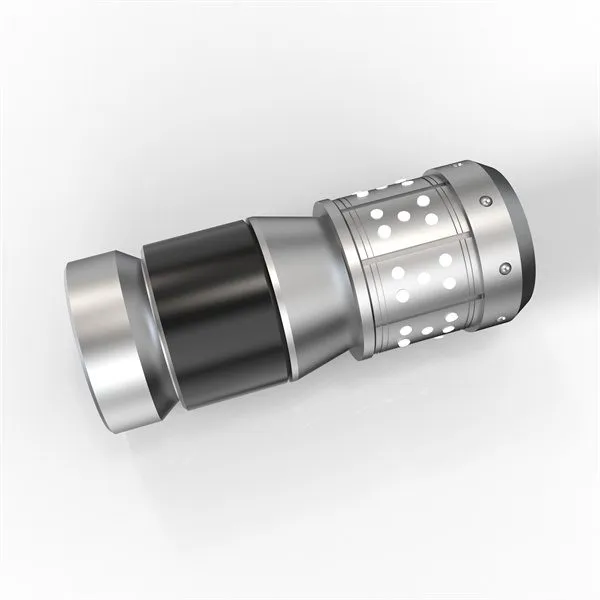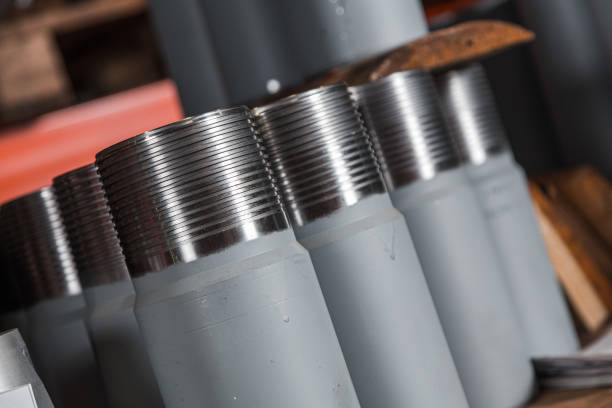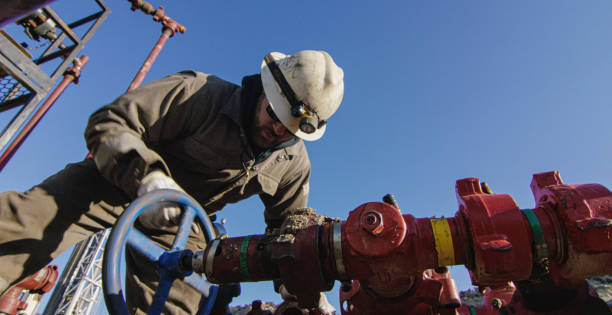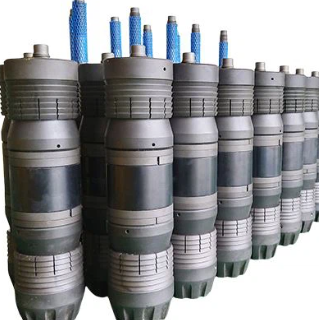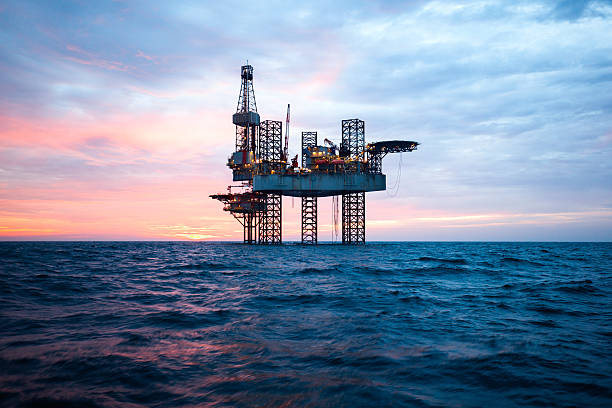English
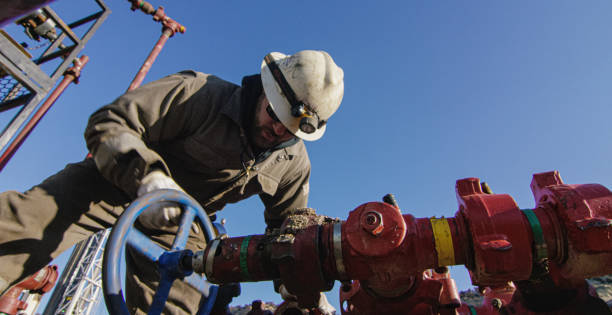
High pressure frac hose
High-pressure fracturing hose: the “steel veins” of underground energy

In the roar of rock formations deep in the earth, high-pressure fracturing fluid penetrates dense shale at a pressure of more than 10,000 psi, and the fracturing hose connecting the pump truck and the wellhead is the key carrier of this energy release. This special hose that can withstand extreme pressure, high temperature and chemical corrosion is not only the technical backbone of the oil and gas extraction industry, but also represents the precise integration of material science and fluid dynamics.
- Extreme Challenges of High-Pressure Environment
In shale gas development, fracturing hoses need to cope with three physical limits: - Ultra-high-pressure impact: The fracturing pressure of horizontal wells generally reaches 15,000 psi (about 103 MPa), and the instantaneous pressure fluctuation can reach ±15%. The bursting pressure of the hose needs to reach 4 times the working pressure (i.e. 60,000 psi), which is equivalent to a fingernail-sized area bearing 4 tons of weight;
- Multiphase flow wear: The fracturing fluid containing 30% ceramsite sand passes at a flow rate of 20 m/s, and the sand particle diameter is 0.42 mm. The number of impacts on the inner wall of the hose exceeds 10¹² times per year, and the wear rate needs to be controlled below 0.05 mm³/(N·m);
- Extreme temperature and chemical corrosion: The operating environment alternates between 45°C and 120°C, and the fracturing fluid contains hydrochloric acid, guar gum and other ingredients, with a pH value fluctuation range of 113.
The service life of traditional rubber hoses under this condition is less than 150 hours, while modern high-pressure hoses have exceeded 1,000 hours through material revolution, supporting fracturing operations of more than 40 sections in a single well.
- Material innovation and structural design
The fifth-generation high-pressure fracturing hose adopts a “composite armor” structure combined with a six-layer functional design: - Nano-modified lining layer:
Hydrogenated nitrile rubber (HNBR) is added with 15% silicon carbide nanoparticles, the hardness is increased to Shore 95A, and the wear rate is reduced to 0.03cm³/(N·m);
Parker Hannifin’s Xtreme™ lining layer has a temperature resistance of 135°C and a three-fold increase in acid and alkali resistance. - Compression-resistant reinforcement layer:
Double-layer interlaced aramid fiber (Kevlar® 49), with a warp density of 120 strands/inch and a tensile strength of ≥8000N/cm²;
Continental AG embeds 0.2mm diameter copper-plated steel wire to form a conductive network with a resistance of <10³Ω/m and a static decay time of <1 second. - Torsion-resistant spiral layer:
Titanium alloy wire (TC4) is spirally wound with a precision of ±0.1mm, a pitch density of 812 turns/inch, and a 70% increase in torsional stiffness;
Tests by the Norwegian National Oil Company show that this design allows the hose to maintain 99% of the burst pressure after 5,000 windings. - Intelligent monitoring layer:
Pre-buried fiber Bragg gratings (FBGs) monitor strain and temperature in real time with an accuracy of ±0.1%;
Schlumberger’s IntelliHose™ system can warn of fatigue damage 48 hours in advance, with a fault avoidance rate of over 90%. - Precision manufacturing and process breakthroughs
The production of high-pressure hoses is a symphony of precision machinery and material science. The core processes include: - Dynamic vulcanization technology:
Nano zinc oxide is added during the rubber mixing stage, and the vulcanization temperature is precisely controlled at 150℃±0.5℃, and the cross-linking density is increased to 95%;
The continuous vulcanization production line of Yokohama Rubber in Japan has a speed of 30m/min and a uniformity error of <0.05mm. - Six-dimensional weaving process:
The 512-spindle fully automatic weaving machine completes the weaving of the reinforcement layer with an angle accuracy of 0.1°, and the tension fluctuation is <±1.5%;
The AI vision system developed by Qingdao Soft Control in China corrects the fiber direction in real time, and the defect rate is reduced to 0.01%. - Composite lamination technology:
The vacuum hot pressing process is used, the interlayer bonding strength is >8MPa, and the peeling force is >50N/cm;
The Italian Manuli Group introduced plasma surface treatment to increase the bonding strength between rubber and aramid fiber by 40%.
IV. Engineering Verification and Economic Benefits
Measured data in the Permian Basin of Texas verified the excellent performance of the high-pressure hose:
Pressure tolerance: The Φ127mm hose has a continuous operation of 120 hours at a pressure of 18,000 psi, and the expansion rate is only 0.8%;
Low-temperature flexibility: The bending radius remains 1.2D at 45°C, which is better than the 1.5D requirement of the API 16C standard;
Economic breakthrough: A single hose supports the completion of the fracturing operation of 5 wells, reducing maintenance costs by 60% and downtime by 75%.
The application case of China’s Changqing Oilfield shows that the domestic high-pressure hose shortens the single-stage fracturing time to 35 minutes, improves efficiency by 22%, and helps shale oil annual production exceed 6.5 million tons.
V. Technical bottlenecks and future evolution
The industry still needs to overcome three major challenges:
- Ultra-high pressure sealing: The leakage rate of the joint is <0.001% under pressures above 20,000 psi, and metal/ceramic composite sealing rings need to be developed;
- Intelligent self-repair: Microcapsule technology realizes in-situ repair of liner scratches, with a repair efficiency of >95%;
- Hydrogen energy adaptation: Research and develop anti-hydrogen embrittlement materials to meet the needs of new hydrogen energy fracturing scenarios.
Future technology route focus:
Material genomics: AI accelerates the screening of ultra-high pressure polymers, shortening the R&D cycle by 80%;
Lightweight design: Carbon fiber reinforced layer replaces steel wire, reducing weight by 40%, and increasing winding efficiency by 3 times;
Zero-carbon manufacturing: The proportion of bio-based rubber increases to 50%, and carbon emissions in the production process decrease by 90%.
From 15,000 psi to 20,000 psi, every pressure breakthrough of high-pressure fracturing hoses is redefining the boundaries of underground energy extraction. When intelligent sensing and self-repairing technologies are injected into this “steel vein”, human exploration of the deep earth will be more precise and calm. As the book “Extreme Working Conditions Materials Engineering” says: “The strength of the hose lies not only in bearing pressure, but also in converting energy into the thrust of civilization progress.” In the grand narrative of energy transformation, this technology will continue to fission and release the surging power hidden deep underground.


